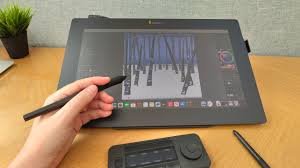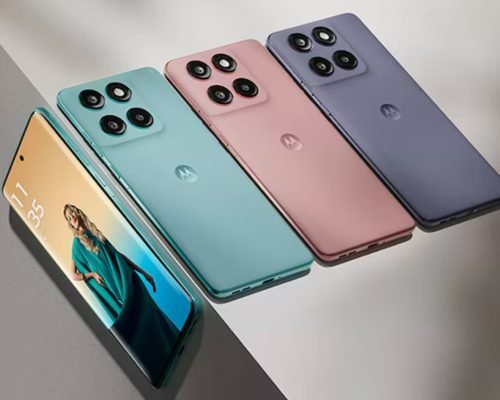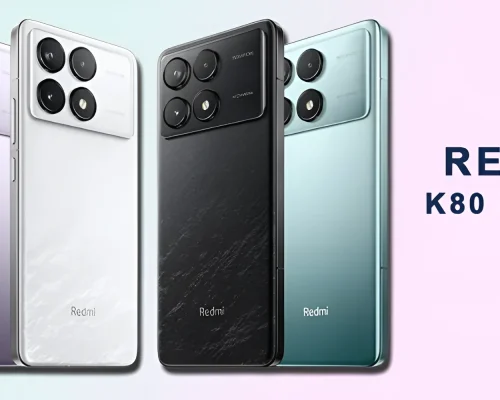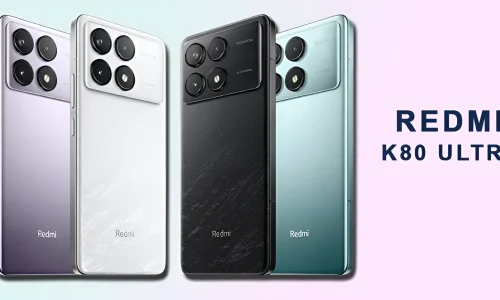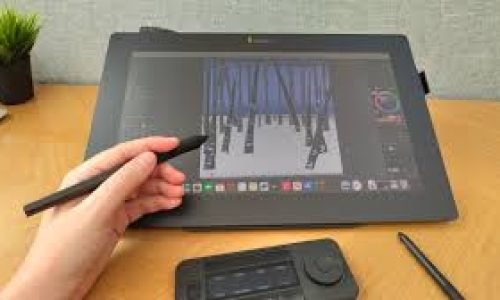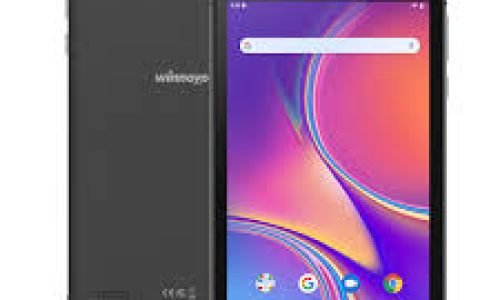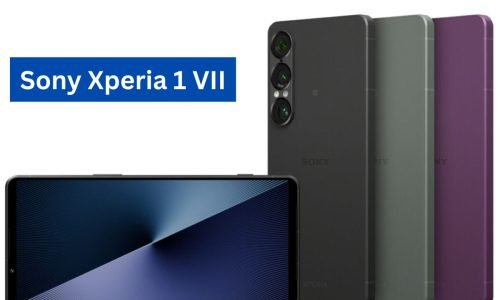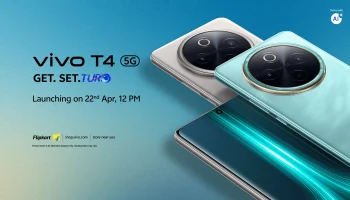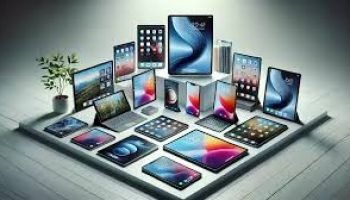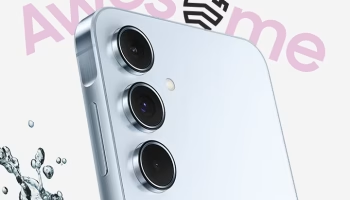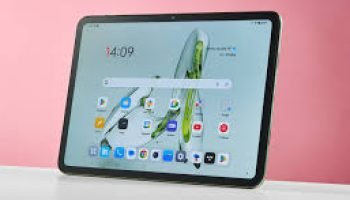Tablets in 2025 are no longer just media devices—they are productivity machines and creativity companions. A major driving force behind this evolution is the modern stylus, which has gone through remarkable transformations over the last few years. From note-taking and sketching to digital painting and 3D design, the stylus is becoming an essential tool for students, professionals, and artists alike.
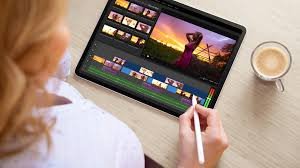
Gone are the days when a stylus was just a plastic stick. Today’s styluses are pressure-sensitive, tilt-aware, and often equipped with haptic feedback, gesture support, and magnetic charging. The improvements are not just cosmetic—they fundamentally change how we use tablets for work and play.
🎨 Ultra-Low Latency – Real-Time Expression
Latency, or the delay between the stylus touch and the tablet response, is one of the most important factors in stylus performance. In 2025, companies like Apple, Samsung, and Microsoft have brought latency down to below 5 milliseconds. This means:
- Instant response while drawing or writing
- No lag between thought and output
- Smooth ink-like flow, just like pen on paper
Whether you’re sketching on Procreate, writing notes on GoodNotes, or using Photoshop, the experience feels incredibly natural.
✍️ Pressure & Tilt Sensitivity – A New Level of Control
Modern styluses can now detect over 4,000 to 8,000 levels of pressure, allowing users to control line thickness, opacity, and brush style with precision. Tilt support enables shading and calligraphy effects, making the stylus feel like a real pencil, pen, or brush.
Popular tablets like the iPad Pro (2025) with Apple Pencil 3 or Samsung Galaxy Tab S10 Ultra with S Pen offer:
- Shading with pencil-like gestures
- Artistic precision with customizable brush controls
- Full control over every stroke, from soft to bold
This is revolutionizing digital art and design workflows.
🧠 Smart Features & AI Integration
Styluses in 2025 are smarter than ever. Paired with AI-powered apps, they can now:
- Convert handwriting to editable text in real-time
- Auto-correct shapes and lines in drawing apps
- Recognize gestures for commands (e.g., undo, erase, switch tools)
- Translate handwritten notes into other languages instantly
Some styluses even offer haptic feedback, giving subtle vibrations for feedback while writing or highlighting, enhancing the feel of physical interaction.
🔄 Seamless Magnetic Charging & Pairing
Styluses now feature magnetic attachment with auto-pairing and wireless charging. Devices like the Apple Pencil 3 and Lenovo Precision Pen 3 magnetically snap to the side of the tablet, ensuring:
- You never lose the stylus
- It’s always charged when you need it
- Instant connectivity without setup
This convenience makes the stylus a natural extension of the tablet rather than an add-on.
🎓 For Students, Professionals & Creators
The new-generation stylus is a game-changer across many fields:
- Students can write handwritten notes and convert them into searchable text.
- Professionals can annotate documents, sign PDFs, and brainstorm visually.
- Designers and artists can create complex illustrations, animations, and models.
Combined with apps like Notability, Canva, Concepts, OneNote, and Adobe Fresco, styluses have made tablets a true canvas of expression and innovation.
📈 The Future of Styluses
Looking ahead, we’re seeing styluses with biometric sensors, voice input, and modular tip changes. Foldable tablets with stylus support and AI gesture prediction are also on the horizon.
These tools are moving toward greater precision, more personalization, and deeper integration with productivity ecosystems.
🛍️ Final Thoughts
In 2025, if you’re investing in a tablet—be it for study, business, or art—make sure it supports a next-gen stylus. It’s not just about writing anymore. The modern stylus turns your tablet into a studio, a notepad, a design lab, and a whiteboard—all rolled into one.
Stylus advancements are not just upgrades—they are unlocking a whole new world of creativity, precision, and productivity.
